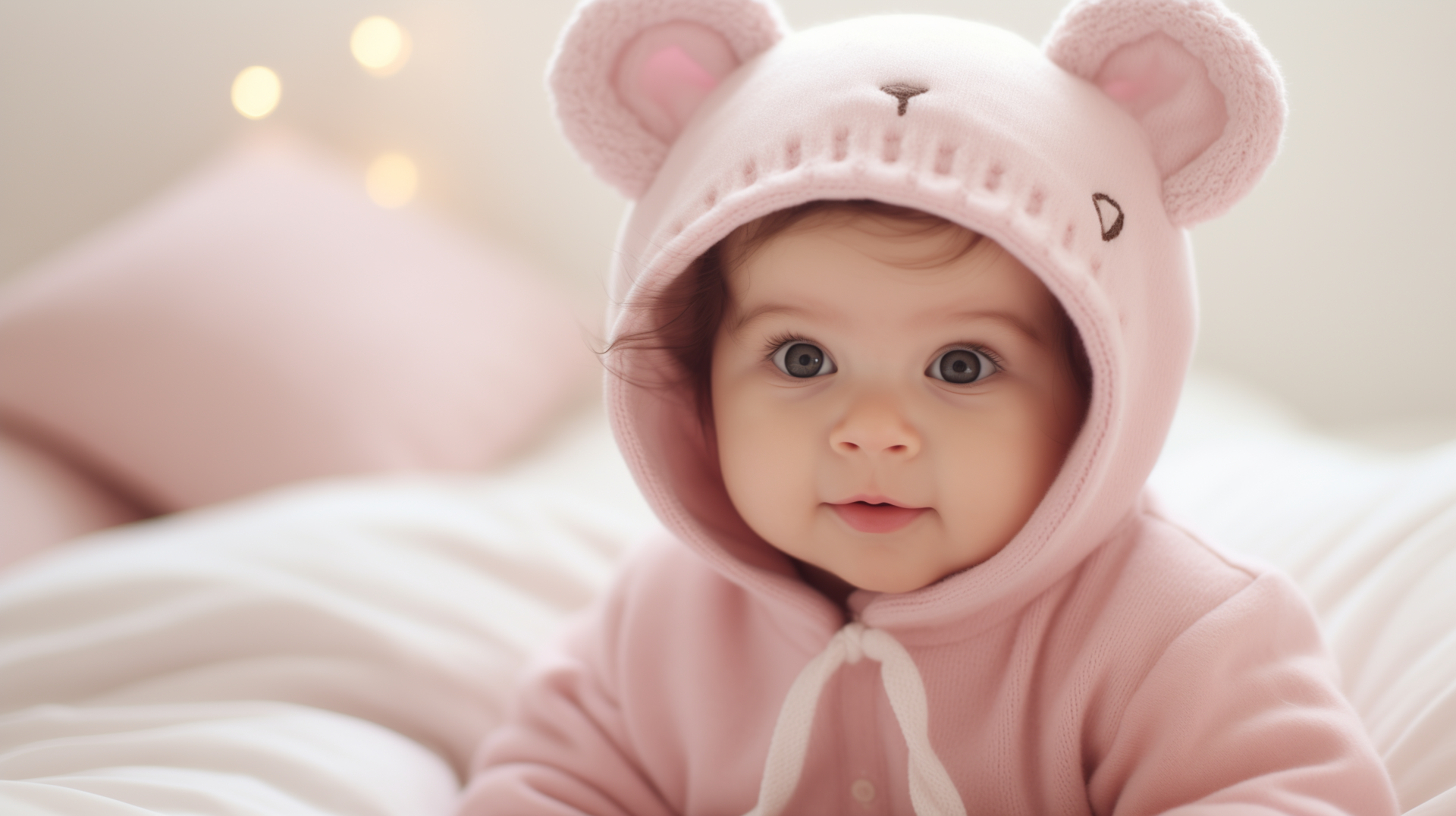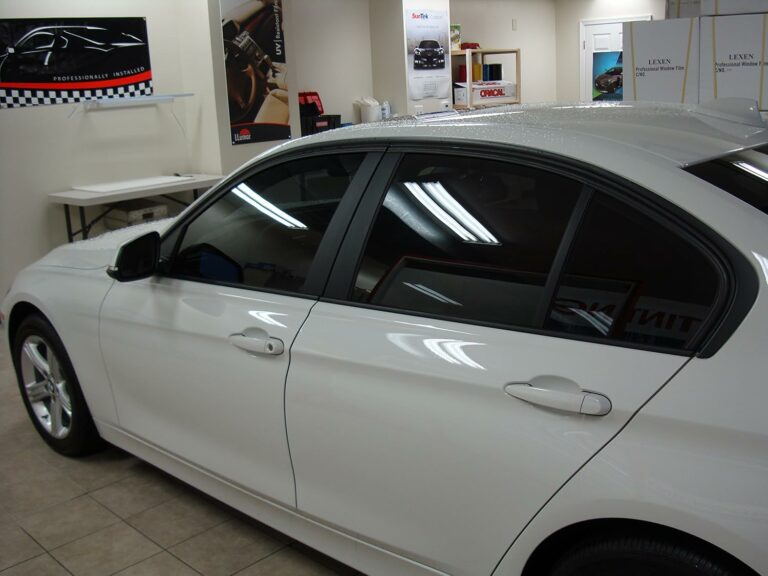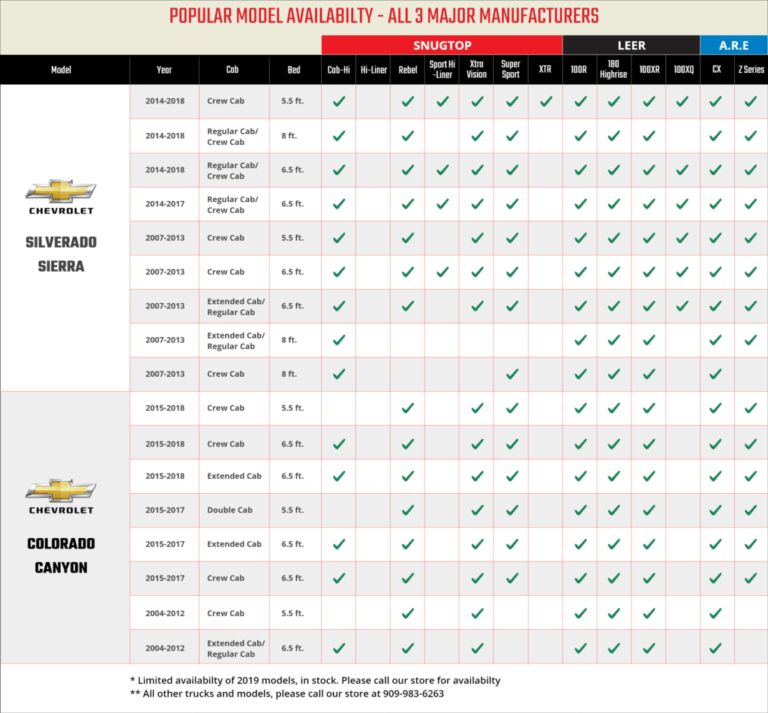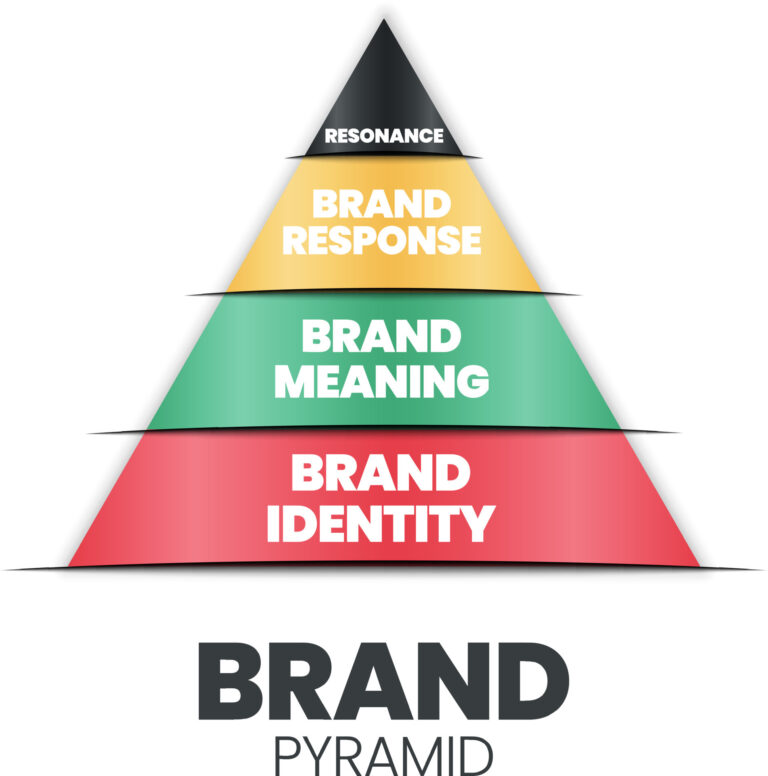Baby Car Seat Brands: Navigating the Landscape of Child Safety
Baby Car Seat Brands: Navigating the Landscape of Child Safety cars.truckstrend.com
Bringing a new life into the world is an experience filled with joy, anticipation, and a profound sense of responsibility. Among the myriad preparations, ensuring the safety of your little one during travel stands paramount. This is where baby car seats come in – not just as a convenience, but as a critical safety device legally required and universally recommended for protecting infants and children in vehicles. The market is teeming with a diverse array of baby car seat brands, each promising the ultimate in safety, comfort, and convenience. Navigating this landscape can feel overwhelming, but understanding the key players and what they offer is the first step towards making an informed decision that safeguards your most precious cargo.
This comprehensive guide will delve into the world of baby car seat brands, exploring what defines them, the different types of seats they produce, and how to choose the perfect fit for your family. We’ll equip you with the knowledge and practical insights needed to confidently select a car seat that meets both safety standards and your specific needs.
Baby Car Seat Brands: Navigating the Landscape of Child Safety
Understanding the Landscape of Baby Car Seat Brands
At its core, a baby car seat brand is a company dedicated to designing, manufacturing, and distributing child restraint systems for automobiles. These brands operate within a highly regulated industry, where safety is not just a feature but a non-negotiable standard. From established giants with decades of experience to innovative newcomers, each brand brings its unique philosophy, engineering prowess, and design aesthetic to the table.
The diversity among brands is vast, ranging from those focused on affordability and widespread accessibility to premium brands emphasizing cutting-edge technology, luxurious materials, and sleek design. What differentiates them often includes:
- Safety Innovations: Beyond basic compliance, many brands invest heavily in proprietary safety features like advanced side-impact protection, load legs, rebound bars, and integrated sensor technology.
- Ease of Use: Brands strive to simplify installation, harness adjustments, and cleaning, recognizing that user-friendliness directly impacts correct usage and, thus, safety.
- Material Quality & Design: From breathable fabrics and memory foam padding to durable frames and stylish aesthetics, material choices and design contribute to comfort, longevity, and overall appeal.
- Compatibility: Many brands design their infant seats to be part of a travel system, seamlessly integrating with their strollers.
- Customer Support & Warranty: The level of support, warranty periods, and availability of replacement parts can vary significantly.

Key Categories of Car Seats and Associated Brands
Car seats are broadly categorized by the age and size of the child they are designed to protect. Understanding these types is crucial before diving into specific brands. Most reputable brands offer products across several, if not all, of these categories.
1. Infant Car Seats (Rear-Facing Only)

These seats are designed exclusively for newborns and infants, typically up to 30-35 pounds and around 30-32 inches in height. They are portable and often come with a base that stays in the car, allowing you to easily click the carrier in and out. This portability is a major convenience, especially when paired with compatible strollers to form a "travel system."
- Brands Known For:
- Chicco (e.g., KeyFit 30): Consistently praised for incredibly easy and secure installation, often topping consumer reports.
- Graco (e.g., SnugRide series): A popular, affordable choice with a wide range of models known for their lightweight design and extensive travel system compatibility.
- Nuna (e.g., PIPA series): A premium option known for its lightweight design, rigid LATCH system, load leg for added stability, and flame-retardant-free fabrics.
- Britax (e.g., B-Safe series): Offers robust safety features, including side-impact protection and steel frames.
- Maxi-Cosi (e.g., Mico series): European-inspired designs, often lightweight and stylish, with good compatibility for travel systems.

2. Convertible Car Seats (Rear-Facing and Forward-Facing)
Convertible seats are designed to "convert" from rear-facing to forward-facing as your child grows, offering a longer lifespan than infant-only seats. Many allow for extended rear-facing, which is the safest position for children up to the maximum weight/height limits of the seat (often 40-50 pounds).
- Brands Known For:
- Graco (e.g., 4Ever DLX, Extend2Fit): Extremely popular for their versatility, long lifespan, and reasonable price point, often growing with the child from infant to booster.
- Britax (e.g., Boulevard, Marathon): Renowned for superior safety features, robust construction, and advanced side-impact protection.
- Clek (e.g., Foonf, Fllo): A premium Canadian brand known for its exceptional safety standards, extended rear-facing capabilities, rigid LATCH, and durable, eco-friendly materials.
- Chicco (e.g., NextFit Zip): Offers user-friendly installation, comfort, and easy-to-clean fabrics.
- Evenflo (e.g., EveryStage, Gold Revolve360): Provides excellent value with innovative features like SensorSafe technology and rotating seats.
- Diono (e.g., Radian 3RXT): Known for their slim design, steel frame, and ability to fit three across in many vehicles, with very high rear-facing limits.
3. All-in-One / 4-in-1 Car Seats
These seats are designed to be the only car seat your child will ever need, converting from rear-facing infant seat to forward-facing toddler seat, and then to a high-back booster, and finally a backless booster. While offering maximum longevity, they lack the portability of infant seats.
- Brands Known For:
- Graco (e.g., 4Ever DLX, TriRide): Dominates this category with highly popular, feature-rich models.
- Evenflo (e.g., EveryStage DLX, Gold Revolve360): Offers competitive multi-stage seats with added safety tech.
4. Booster Seats (High-Back and Backless)
Booster seats are for older children who have outgrown their forward-facing car seats but are still too small to safely use the vehicle’s seat belt alone. High-back boosters provide head and neck support, while backless boosters are more portable.
- Brands Known For:
- Britax (e.g., Grow With You ClickTight): Offers robust, comfortable boosters with advanced safety features.
- Chicco (e.g., KidFit Zip Air): Known for comfort, ease of use, and stylish designs.
- Graco (e.g., Affix, TurboBooster): Popular for their affordability and variety.
- Diono (e.g., Monterey XT): Features deep side-impact protection and adjustable height/width.
Top Baby Car Seat Brands: A Closer Look
While the list above ties brands to seat types, let’s explore some of the most prominent brands and their overall reputation:
- Chicco: A global leader, Chicco is synonymous with intuitive design and user-friendly features, particularly their KeyFit infant seat’s easy installation. They consistently rank high for ease of use and safety.
- Graco: Perhaps the most ubiquitous brand, Graco offers a vast portfolio of car seats across all price points. They are renowned for their multi-stage seats (like the 4Ever series) that provide excellent value and longevity, making safety accessible to a wide audience.
- Britax: Known for its unwavering commitment to safety, Britax often incorporates advanced technologies like SafeCell Impact Protection, steel frames, and deep side-impact protection. They are a go-to for parents prioritizing robust construction and superior crash performance.
- Nuna: A premium Dutch brand, Nuna stands out for its sleek European design, use of high-quality, often flame-retardant-free materials, and innovative features like load legs on infant seats. They appeal to parents seeking style and top-tier safety.
- Clek: Hailing from Canada, Clek is a niche, high-end brand celebrated for its tank-like construction (magnesium and steel frames), extended rear-facing capabilities, and commitment to sustainability with recyclable materials. Their seats are an investment in unparalleled safety and durability.
- Evenflo: A long-standing American brand, Evenflo provides reliable and affordable car seat options. They’ve recently gained attention for innovations like SensorSafe technology, which alerts parents to potentially unsafe conditions, offering added peace of mind at an accessible price point.
- Maxi-Cosi: With a strong European heritage, Maxi-Cosi is known for its stylish designs, comfortable padding, and seamless integration with many stroller brands. They emphasize comfort and aesthetic appeal alongside safety.
- Diono: This brand is famous for its narrow-profile convertible seats with steel frames, allowing three car seats to fit across the back seat of many vehicles – a lifesaver for larger families or smaller cars. They also offer impressive weight and height limits for extended use.
Choosing the Right Brand and Seat: Important Considerations
Selecting a car seat isn’t just about picking a popular brand; it’s about finding the right seat for your child, your vehicle, and your lifestyle.
- Safety Standards and Certifications: All car seats sold in the US must meet Federal Motor Vehicle Safety Standard (FMVSS) 213. In Europe, ECE R44 or the newer, more stringent R129 (i-Size) standards apply. Always check for these certifications. Reputable brands will proudly display their adherence and often exceed these minimum requirements.
- Child’s Age, Weight, and Height: This is the primary determinant. Ensure the seat’s limits align with your child’s current and projected growth. Remember, rear-facing is safest for as long as possible.
- Vehicle Compatibility: Not all car seats fit well in all vehicles. Before purchasing, check the car seat manufacturer’s vehicle fit list, and if possible, try installing the seat in your car. Look for features like LATCH (Lower Anchors and Tethers for CHildren) system compatibility or clear seatbelt routing. Some brands, like Chicco and Britax, are known for their easier installation features.
- Ease of Installation: A car seat is only safe if installed correctly. Look for clear instructions, color-coded belts, level indicators (like Chicco’s bubble levels), and easy-to-use LATCH connectors. Reading reviews about installation ease can be very helpful.
- Budget: Car seat prices vary significantly. While all new car seats meet safety standards, higher-priced models often offer enhanced comfort features, premium materials, and additional safety innovations. Determine your budget range and explore the best options within it.
- Features and Adjustability: Consider features like easy-to-adjust harnesses (no rethreading), multiple recline positions, removable/washable fabrics, cup holders, and ample padding. For convertible seats, check the number of headrest and harness height adjustments.
- Longevity and Expiration Dates: Car seats have expiration dates (typically 6-10 years from manufacture) due to material degradation and evolving safety standards. Factor this into your decision, especially for multi-stage seats.
- Customer Service and Warranty: A good warranty and responsive customer service can be invaluable for questions, replacement parts, or issues down the line.
Maximizing Your Investment: Practical Advice for Car Seat Owners
Once you’ve chosen your car seat, proper use and maintenance are crucial for maximizing its safety and lifespan.
- Read the Manual: Every car seat is different. The manual contains vital information on installation, use, cleaning, and expiration.
- Register Your Seat: Registering with the manufacturer ensures you receive safety recall notices.
- Get It Checked: If possible, have your car seat installation checked by a certified Child Passenger Safety Technician (CPST). Many fire departments, hospitals, or local organizations offer this service.
- Clean According to Instructions: Use only recommended cleaning methods and products, as harsh chemicals can degrade materials.
- Understand Expiration: Never use an expired car seat. The plastics and other materials degrade over time, compromising safety.
- Replace After a Crash: Even minor collisions can compromise the integrity of a car seat. Most manufacturers recommend replacement after any crash.
Challenges and Solutions
Choosing and using a car seat can present a few challenges:
- Challenge: Overwhelming Choices.
- Solution: Narrow your options by first determining the type of seat needed (infant, convertible, booster), your budget, and your vehicle’s specific needs. Focus on 2-3 top-rated brands within your criteria.
- Challenge: Difficult Installation.
- Solution: Don’t hesitate to seek help! Watch official installation videos, read the manual meticulously, and utilize free car seat check services offered by CPSTs. Practice makes perfect.
- Challenge: Keeping Up with Safety Regulations.
- Solution: Register your car seat to receive direct notifications. Follow reputable child safety organizations and brands for updates on best practices.
- Challenge: Cost.
- Solution: While safety is priceless, car seats are an investment. Consider brands like Graco or Evenflo for excellent value. Look for sales events, but avoid used seats unless you know their full history (no crashes, no recalls, not expired).
Baby Car Seat Brands: Price Table (Approximate Ranges)
Please note that prices are highly variable based on specific models, retailers, sales, and regions. These are general approximate ranges for popular models within each brand’s offerings (e.g., a standard infant seat vs. a premium convertible).
| Brand Name | Typical Car Seat Type(s) Offered | Key Features / Known For | Price Range (Approx. USD) |
|---|---|---|---|
| Chicco | Infant, Convertible, Booster | Easy installation (KeyFit), user-friendly, quality fabrics, reliable crash test results | $150 – $400+ |
| Graco | Infant, Convertible, All-in-One, Booster | Wide range, affordability, multi-stage seats (4Ever line), popular, extensive features for price | $80 – $350+ |
| Britax | Infant, Convertible, Booster | Strong safety reputation, advanced side-impact protection, robust build, ClickTight installation | $200 – $450+ |
| Nuna | Infant, Convertible, Booster | Premium, European design, non-toxic materials, lightweight infant seats, load legs | $350 – $650+ |
| Clek | Convertible, Booster | High safety standards, extended rear-facing, rigid LATCH, eco-friendly, durable frame | $450 – $800+ |
| Evenflo | Infant, Convertible, All-in-One, Booster | Value-oriented, innovative tech (SensorSafe), good features for the price point, easy recline | $100 – $300+ |
| Maxi-Cosi | Infant, Convertible, Booster | European style, comfort, travel system compatibility, lightweight infant seats | $200 – $500+ |
| Diono | Convertible, Booster | Slim design (3-across), steel frame, long lifespan, extended rear-facing limits | $250 – $450+ |
| UPPAbaby | Infant (MESA), Convertible (KNOX) | Premium, integrated stroller systems, high-quality materials, ease of use, self-tensioning LATCH | $350 – $500+ |
Frequently Asked Questions (FAQ)
Q1: What is the "best" baby car seat brand?
A1: There is no single "best" brand, as the ideal choice depends on your specific needs, budget, vehicle, and child’s size. All new car seats from reputable brands meet federal safety standards. The "best" one is the one that fits your child, fits your vehicle, and that you can install and use correctly every time.
Q2: How long do car seats last? Do they expire?
A2: Yes, car seats have expiration dates, typically 6-10 years from the date of manufacture. This is due to material degradation (plastics can become brittle over time) and evolving safety standards. Always check the sticker on your car seat for the exact expiration date.
Q3: Can I buy a used car seat?
A3: It is generally not recommended to buy a used car seat unless you know its complete history. Key concerns include unknown crash involvement (even minor crashes can compromise safety), expiration dates, recalls, and missing parts or manuals. If you must use a used seat, ensure it has never been in a crash, is not expired, has all its parts, and comes with its manual.
Q4: What’s the difference between LATCH and seatbelt installation?
A4: LATCH (Lower Anchors and Tethers for CHildren) is an alternative installation method that uses built-in anchors in your vehicle and on the car seat. Seatbelt installation uses the vehicle’s own seatbelt to secure the car seat. Both are equally safe when used correctly, but you should only use one method (LATCH or seatbelt), never both simultaneously, unless explicitly permitted by the car seat and vehicle manuals.
Q5: When should I switch my baby from an infant car seat to a convertible car seat?
A5: You should switch when your child reaches the maximum weight or height limit of their infant car seat, whichever comes first. Most children will outgrow their infant seat by height before weight. It’s recommended to keep children rear-facing in a convertible seat for as long as possible, up to the maximum weight/height limits of the seat, as it is significantly safer.
Q6: Are more expensive car seats safer?
A6: Not necessarily. All new car seats sold in the US must meet the same federal safety standards. More expensive seats often offer premium materials, enhanced comfort features, additional convenience (like easier installation), or proprietary advanced safety features, but they are not inherently "safer" in meeting the basic requirements.
Conclusion
Choosing a baby car seat brand and model is one of the most significant decisions you’ll make as a parent concerning your child’s safety. While the sheer number of options can seem daunting, a clear understanding of the different types of seats, the reputation and offerings of leading brands, and the critical factors for selection will empower you to make an informed choice.
Remember, the "best" car seat isn’t always the most expensive or the most popular; it’s the one that fits your child correctly, fits your vehicle securely, and that you can install and use properly every single time. By prioritizing safety standards, ease of use, and compatibility, you’re not just buying a product; you’re investing in peace of mind and, most importantly, the invaluable protection of your child. Safe travels begin with a safe seat.






